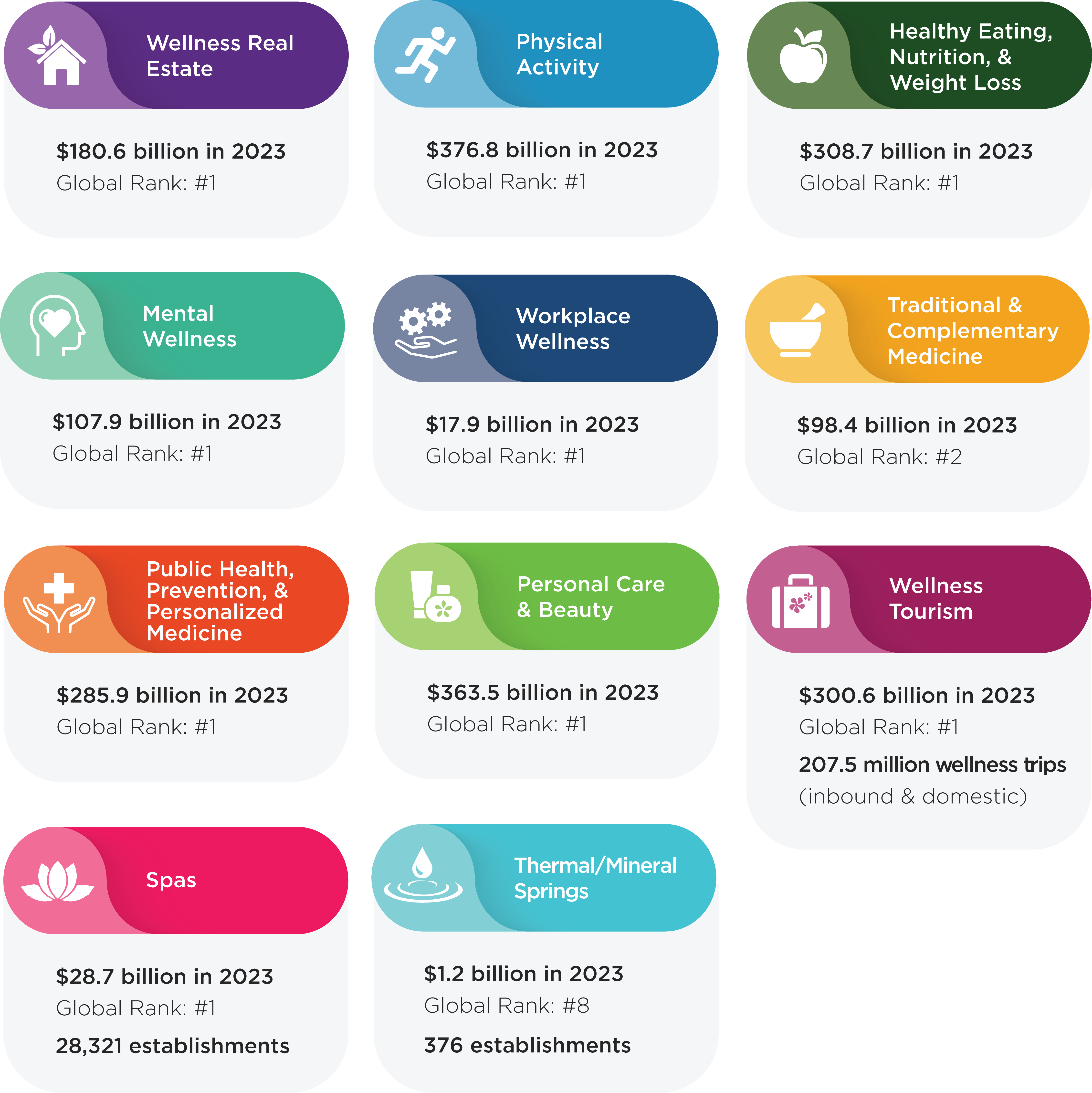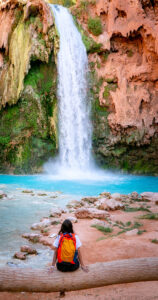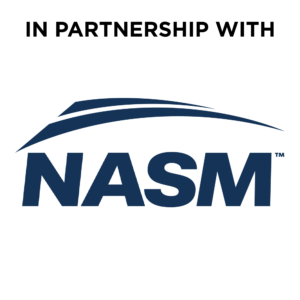
IN PARTNERSHIP WITH NATIONAL ACADEMY OF SPORTS MEDICINE®
Living Well in the U.S.
The United States continues to lead the world as the largest wellness economy by far, boasting the largest markets in nine out of eleven wellness sectors – spanning physical activity, healthy eating, mental wellness, beauty and personal care, wellness tourism, wellness real estate, and more. With a large pool of sophisticated consumers who spend an average of more than $6,000 per person per year on wellness, the U.S. wellness market is deep, dynamic, and innovative. The United States is a global innovation leader in many wellness sectors, pioneering new products, services, and therapies in many spaces – from food and beverages, fitness programs, and mind-body treatments to recovery, sensory experiences, and diagnostic technologies that meet the emerging and diverse wellness needs of consumers. A growing number Americans live and work in intentionally planned wellness real estate developments, which put human health and well-being at the center of their design and operations.
U.S. KEY FACTS
![]() Population
Population
334,914,895 (2023)
Life Expectancy for Men
74.8 years (2022)
Life Expectancy for Women
80.2 years (2022)
Example Modalities
Wellness real estate
Outdoor sports & recreation
Destination spas
Learn more about this partnership:
Read press release

U.S. WELLNESS ECONOMY REPORT
This country report is the first detailed measurement of the size of the U.S.’s wellness economy, presenting data on its eleven wellness sectors. The report shows the trajectory of the wellness economy from 2019 to 2023, and subsector details where data are available. It also contains global and regional comparisons to show where the U.S. stands vis-à-vis its peers and competitors. This report and its data will be valuable for any businesses and investors who are interested in the opportunities and potential offered by the U.S.’s dynamic wellness market.
WELLNESS ECONOMY BY SECTOR IN THE U.S.
The wellness economy, as defined by GWI, is broad and diverse. Its eleven sectors encompass many different types of consumer activities and expenditures, including products, services, travel, and technology. Every country’s wellness economy is unique. Its composition can vary widely from country to country, based on its development history, culture, socioeconomic conditions, and government policy. Below we present the U.S.’s top-line wellness economy data and how it ranks globally. More details are available in the downloadable country report.
U.S. Rankings out of 218 countries

KEY WELLNESS EXPERIENCES IN THE U.S.

If you like nature and outdoor recreation, national and state parks and U.S. forests offer millions of acres of grounds for hiking, climbing, camping, and water sports. Majestic landscapes – from the deserts and canyons of Arizona, to the snowy mountains of Colorado, to the coastal beaches and the five Great Lakes – provide a respite from busy everyday life, as well as the opportunity to engage in sports and recreation that can challenge you physically and mentally. For those seeking wellness treatments and therapies, the United States is home to more than 28,000 spas (day spas, medical spas, destination spas, hotel/resort spas) and nearly 400 thermal/mineral springs where you can experience communal bathing and the healing powers of water.
If you are interested in an urban getaway with a wellness touch, there are abundant city hotels that prioritize wellness. Not only are they equipped with gyms and spas, but many also place a high priority on enhancing your sleep, accessing healthy and nutritious food, improving mental wellness, and finding social connections. U.S. cities offer diverse immersive experiences through music (e.g., festivals in Austin, Chicago, Nashville, and more), food (e.g., regional/ethnic cuisines, health food landscape that spans organic, plant-based, farm-to-table, raw foods, etc.), and the arts. Many cities have created public art installations, public recreational spaces, and urban trails and greenways (e.g., the Highline in New York) that enable walking, running, and cycling in proximity to nature. No matter your preferences, the opportunities to experience wellness and increase your well-being are plentiful and accessible in the United States.
OTHER GWI RESOURCES & REPORTS FOR THE U.S.
PROVIDED IN PARTNERSHIP WITH NATIONAL ACADEMY OF SPORTS MEDICINE®
The Global Wellness Institute extends its gratitude to National Academy of Sports Medicine (NASM) for its invaluable support in developing the “Wellness in the United States” country report and for sharing essential U.S.-specific wellness data with the world. With over 35 years of experience, the National Academy of Sports Medicine (NASM) has established itself as the gold standard in fitness and wellness education, offering top-tier, results-driven programs in personal training, nutrition coaching, wellness coaching, sports performance, and more. NASM professionals are not only active at every level of organized sports but also assist individuals daily in achieving their goals, while NASM wellness coaches inspire enduring transformations in clients, peers, and communities across fitness, healthcare, pharmaceuticals, human resources, and globally. Visit the NASM Website.





























































